Introduction: Uncovering the Secrets of an Enigmatic Artifact
Nestled in the Andes Mountains of Peru lies a remarkable relic that has puzzled archaeologists and historians for centuries. The Sayhuite Monolith, a massive stone carved with intricate figures, stands as a testament to the ingenuity and craftsmanship of an ancient civilization. Measuring an impressive 11 feet long and 7 feet wide, this single piece of rock features over 200 detailed carvings, creating a captivating topographical map that has left experts grappling with its true purpose.
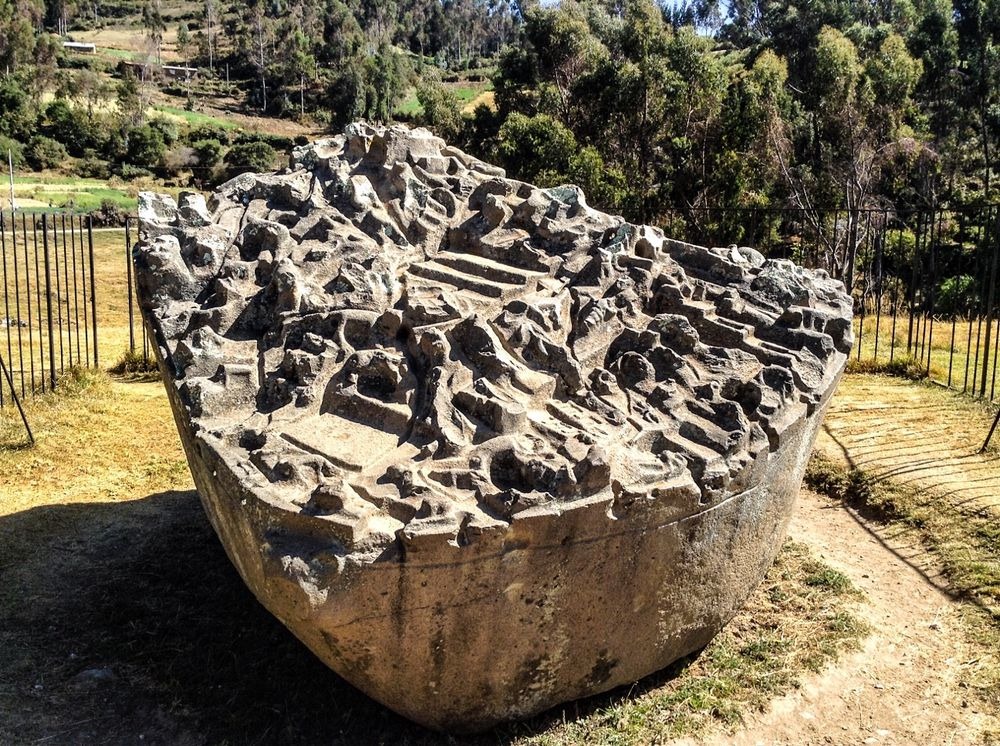
The carvings on the Sayhuite Monolith depict a miniature landscape, complete with terraces, ponds, canals, and tunnels. This intriguing design has led some to believe that the monolith may have been used for hydraulic experiments or to model ancient water management systems. Others speculate that it could have been part of water worship rituals, reflecting the profound significance of water in Andean culture. However, the lack of written records or clear historical accounts leaves the true meaning of this enigmatic artifact open to interpretation.
The Sayhuite Monolith: A Masterpiece of Ancient Craftsmanship
What makes the Sayhuite Monolith truly remarkable is the sheer skill and precision of its creation. Carved from a single piece of rock, the intricate figures and geometric shapes showcased on the monolith are a testament to the advanced techniques and knowledge of its creators. Despite being over 1,000 years old, the carvings have remained remarkably well-preserved, offering a rare glimpse into the artistic and technological capabilities of this ancient civilization.
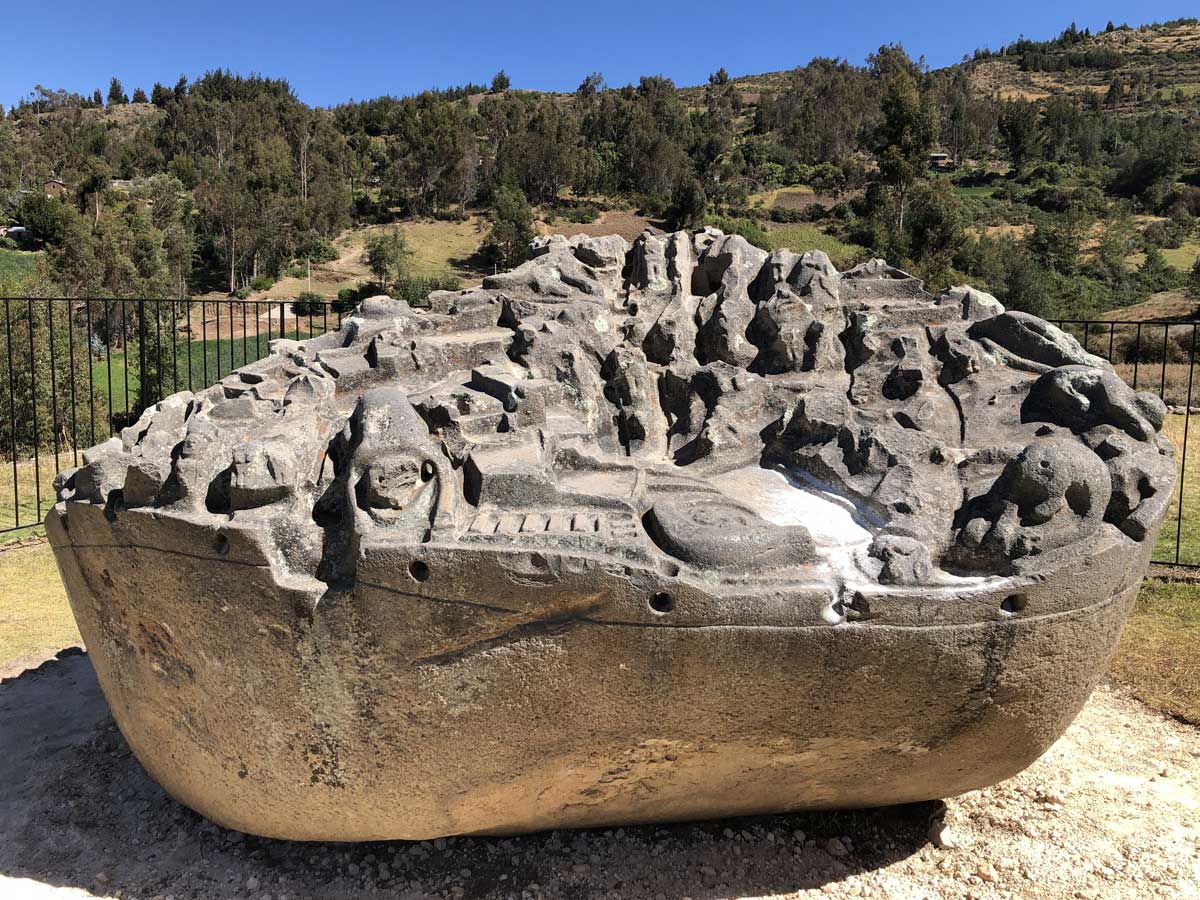
The level of detail and complexity found on the Sayhuite Monolith is truly astounding. The topographical map-like design, with its precise depictions of terraces, ponds, and waterways, suggests an intimate understanding of hydrology and landscape engineering. This raises intriguing questions about the purpose and function of the monolith, as well as the broader technological and scientific advancements of the civilization that produced it.
Theories and Interpretations: Exploring the Monolith’s Possible Uses
As with many ancient artifacts, the true purpose of the Sayhuite Monolith remains shrouded in mystery. However, scholars and researchers have proposed several compelling theories to explain its significance and function.
Hydraulic Experiments and Water Management Systems
One of the most widely accepted theories is that the Sayhuite Monolith may have been used for hydraulic experiments or to model ancient water management systems. The intricate network of terraces, ponds, and canals carved into the stone could have served as a miniature representation of local water infrastructure, allowing the ancient civilization to study and experiment with water flow, irrigation, and drainage techniques.
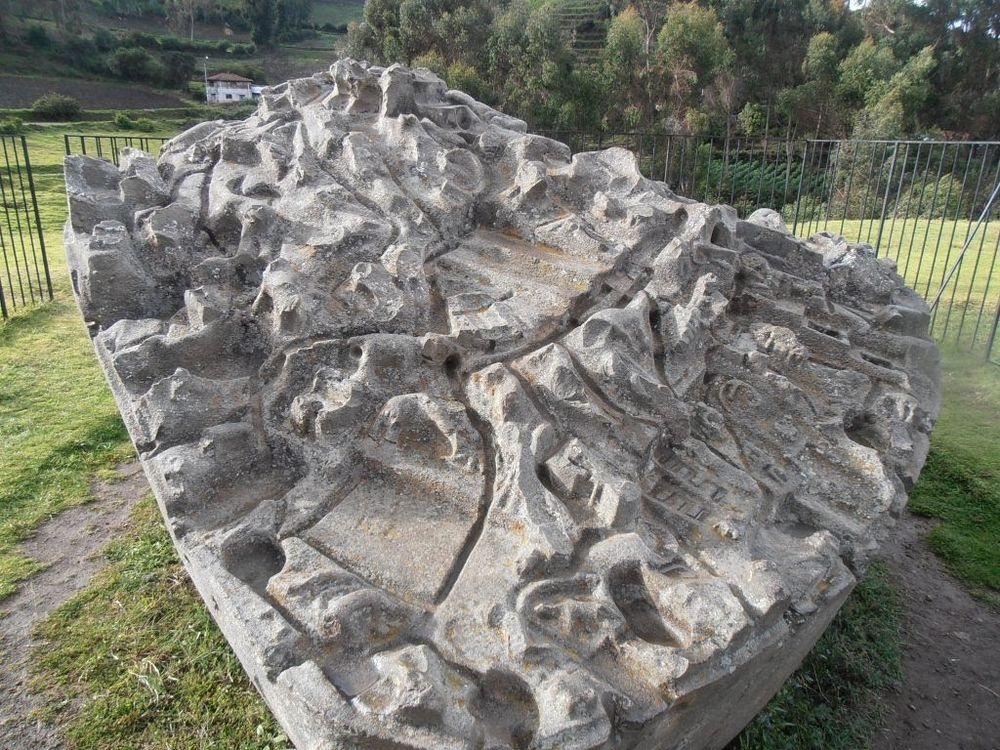
This theory is supported by the fact that water played a crucial role in Andean culture, with many communities relying on sophisticated water management systems to support agricultural practices and sustain their populations. The Sayhuite Monolith may have been a physical manifestation of this water-centric worldview, serving as a tool for understanding and manipulating the flow of this vital resource.
Water Worship and Ritual Significance
Another intriguing interpretation of the Sayhuite Monolith is that it may have been used in water worship rituals or ceremonies. The Andean region is known for its rich cultural traditions and beliefs, many of which center around the veneration of natural elements, such as water, mountains, and the sun.
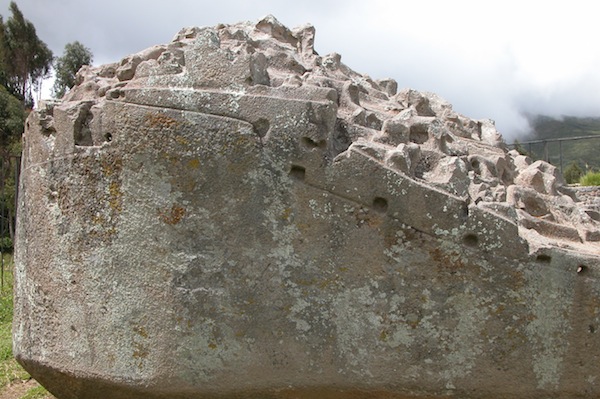
The detailed carvings on the monolith, with their depictions of water-related features, could have been part of a sacred ritual or ceremony designed to honor the importance of water in Andean cosmology. This theory is further supported by the fact that many ancient Andean civilizations, including the Inca, placed great significance on water sources and their management, often incorporating them into their religious and cultural practices.
A Ceremonial or Administrative Center
Some scholars have proposed that the Sayhuite Monolith may have served as a ceremonial or administrative center within the ancient Andean society. The intricate, topographical-like design of the monolith could have been used as a visual aid or planning tool for various community activities, such as agricultural practices, resource management, or even political and social organization.
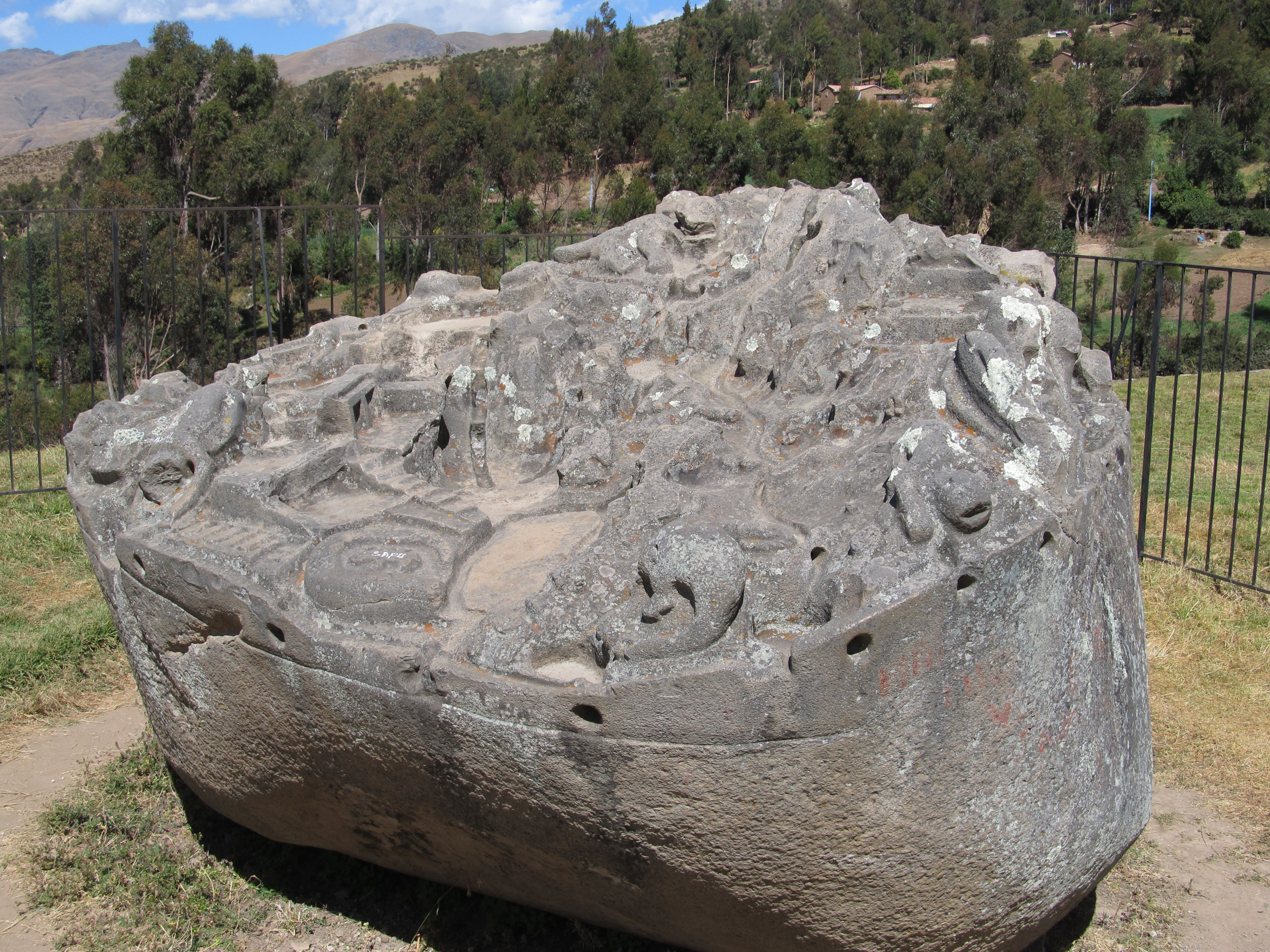
This interpretation suggests that the Sayhuite Monolith may have been a hub of activity, where community members gathered to make decisions, coordinate efforts, or participate in rituals and ceremonies. The sheer size and complexity of the monolith lend credence to this theory, as it would have required significant resources and collective effort to create such an impressive structure.
Preserving the Past: The Importance of the Sayhuite Monolith
Regardless of its precise purpose, the Sayhuite Monolith stands as a remarkable testament to the ingenuity, craftsmanship, and cultural richness of the ancient Andean civilization. Its preservation and continued study are crucial for expanding our understanding of this fascinating period in history and the technological, scientific, and artistic achievements of these remarkable people.
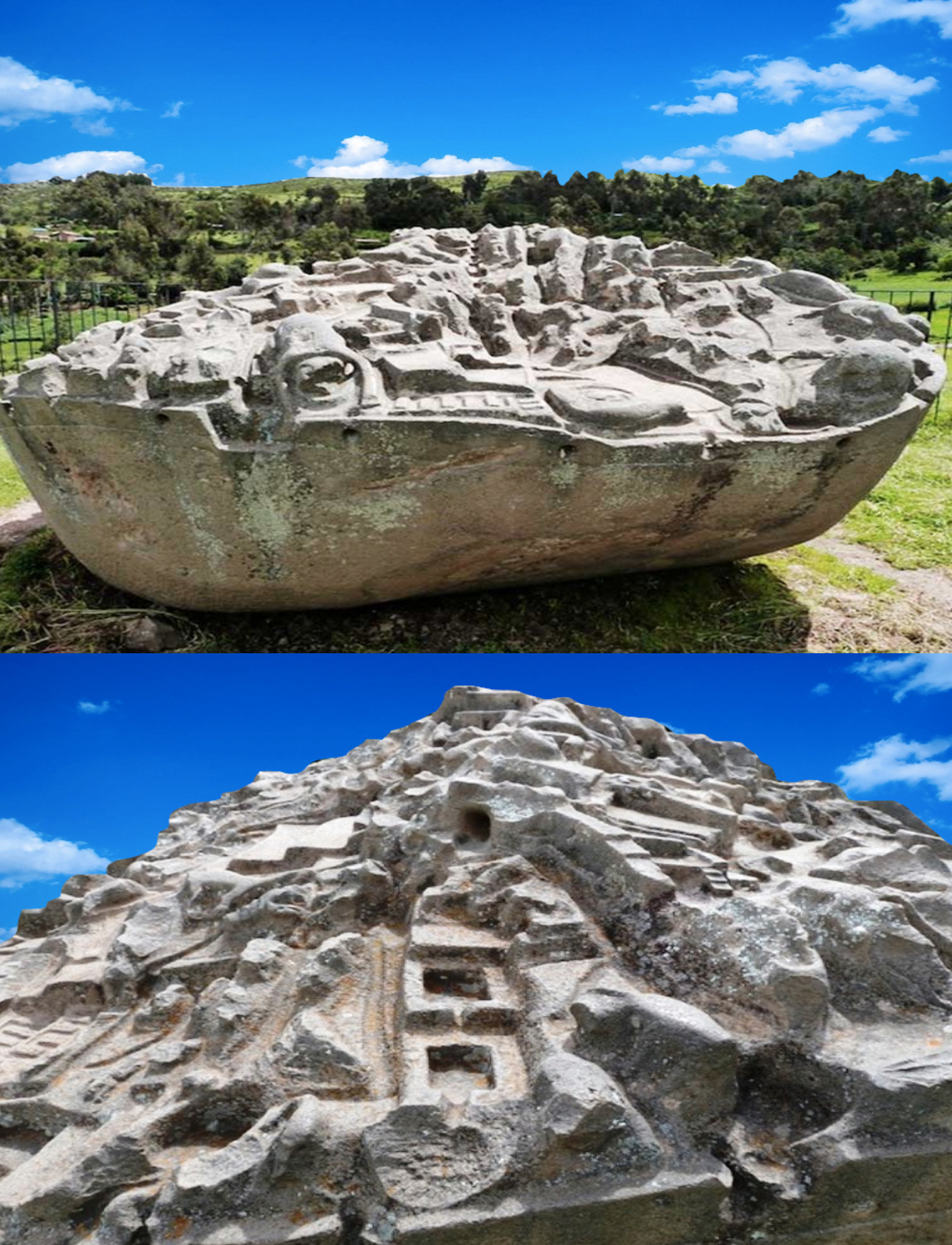
The Sayhuite Monolith’s well-preserved state, despite its advanced age, is a testament to the skill and care of its creators. The fact that these intricate carvings have endured for over a millennium is a remarkable feat, and it underscores the importance of ongoing conservation efforts to protect this invaluable cultural heritage.
Conclusion: Unlocking the Mysteries of the Sayhuite Monolith
The Sayhuite Monolith stands as a captivating and enigmatic relic from Peru’s past, a testament to the ingenuity and sophistication of an ancient civilization. With its intricate carvings and topographical design, this massive stone continues to captivate and intrigue scholars, researchers, and the general public alike.
While the true purpose of the Sayhuite Monolith may never be fully known, its existence and preservation offer a unique window into the technological, scientific, and cultural achievements of this remarkable civilization. By continuing to study and preserve this remarkable artifact, we can gain valuable insights into the past and perhaps uncover new clues that will help us better understand the significance and legacy of the Sayhuite Monolith.

